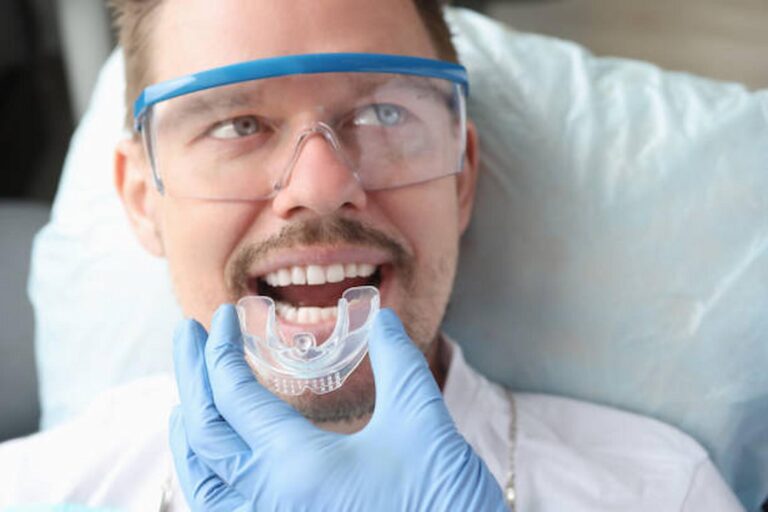Most people are aware of the types of dental issues that can occur and the treatments available to help resolve them such as whitening for discolouration, orthodontics for misalignment or implants and bridges for missing teeth. However, dental occlusion is not something that a lot of people have heard of, let alone what it is, the affect it can have on a person and how it can be treated. Here is your complete guide to dental occlusion.
What Is Dental Occlusion?
Dental occlusion refers to the way that a person’s upper and lower teeth come together and make contact when the mouth is closed also known as their ‘bite’. The way that the teeth come together can vary depending on what the person is doing at that time, whether they are speaking, eating or sleeping.
What Is Malocclusion?
Misalignment of the teeth and jaws is known as a ‘malocclusion’ or bad bite which can cause a number of oral health complications. There are many different types of malocclusions such as;
- Overcrowding
- Crossbite
- Overbite
- Underbite
- Spacing
- Diastema
- Open bite
- Impacted tooth
- Missing tooth
What Are The Symptoms Of Malocclusion?
When the teeth are not properly aligned, it can lead to a number of problems not just with the teeth but the gums, jaw, head, neck and eyes. Some of the symptoms that patients suffer from malocclusion can experience include;
- Discomfort when biting or chewing
- Crooked or misaligned teeth
- Jaw problems such as clicking, crunching or grinding
- Tenderness or aching in the teeth or gums
- Grinding which typically occurs at night when it might not be noticed
- Speech problems
- Change in facial structure
- Loose or missing teeth
- Temporomandibular joint disorder (TMD) results in headaches, shoulder and neck pain
What Are The Treatment Options For Malocclusion?
The best treatment path for patients with occlusal issues will depend on the type and complexity of their case and what will yield the best possible results for them. Some of the treatments frequently used to help those with malocclusion are;
Orthodontics
Invisalign or traditional braces can be used to help correct the alignment of teeth. In some cases of overcrowding or similar, then certain teeth may need to be extracted prior to starting any straightening treatment.
Equilibration
This involves adjusting the biting surface of the teeth to improve their function, create a more solid bite and reduces trauma and stress on individual teeth, jaw joints and muscles.
Replacement Teeth
In order to provide even support for the temporo-mandibular joint, bridges and partial dentures can be used to correct alignment and evenly distribute pressure and biteforce across the teeth.
Medication
There are some medications that can help to provide some short-term relief from symptoms like pain or discomfort, but following an effective treatment plan is the only option to resolve the issues permanently.
What To Do If You Suspect You Have Occlusal Issues?
The very first step for anyone who is suffering with problems related to their teeth, gums or mouth is to visit their dentist. Keep note of all your symptoms or concerns and discuss them with your dentist at your appointment. This information combined with an oral examination will help them to determine what is causing the issues and help put in place a treatment plan to get you on the path to a comfortable, correctly aligned bite.
